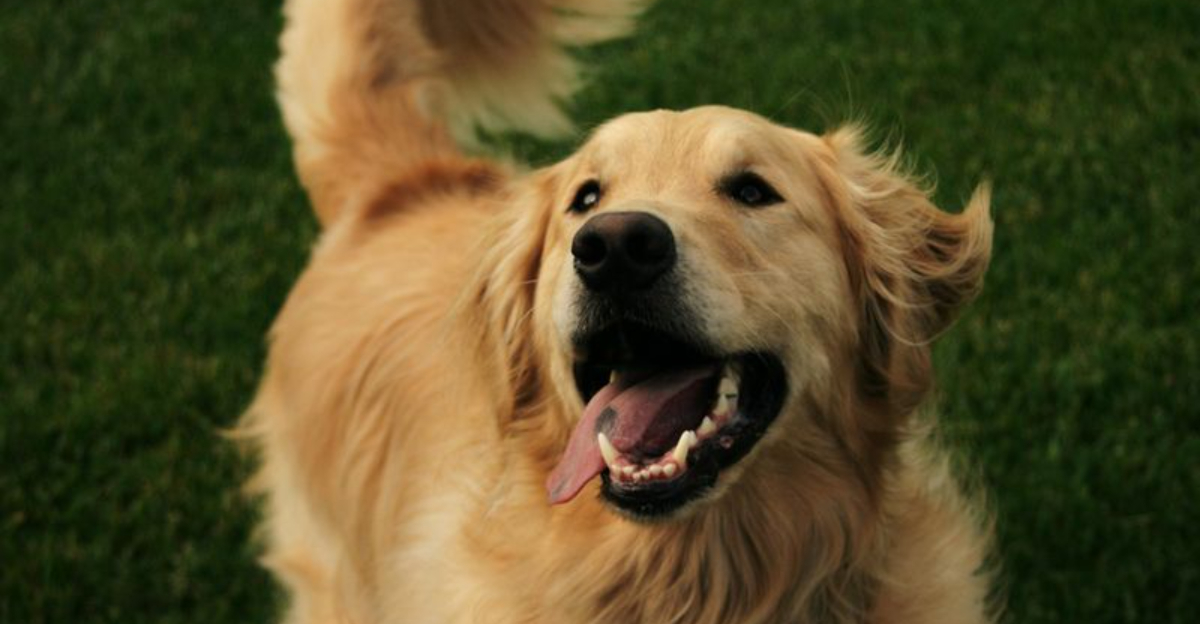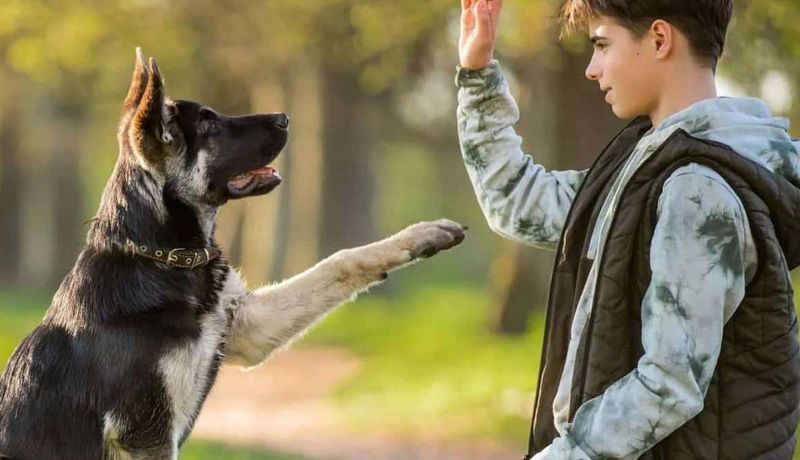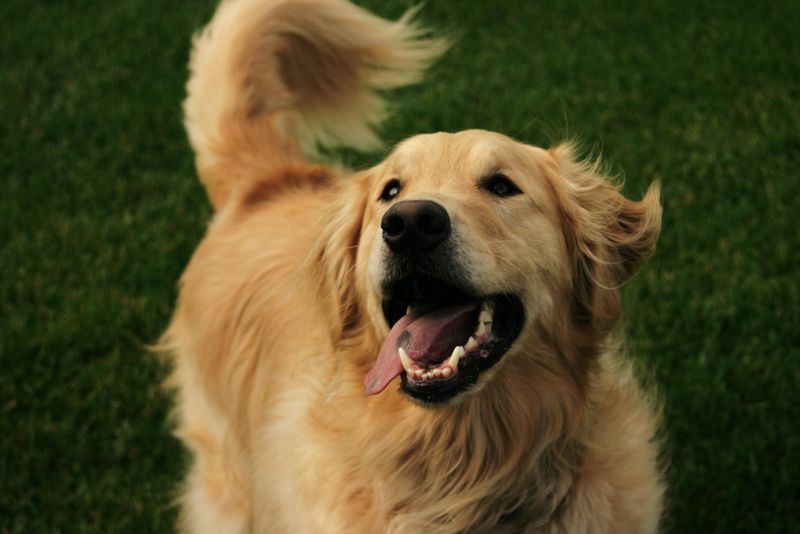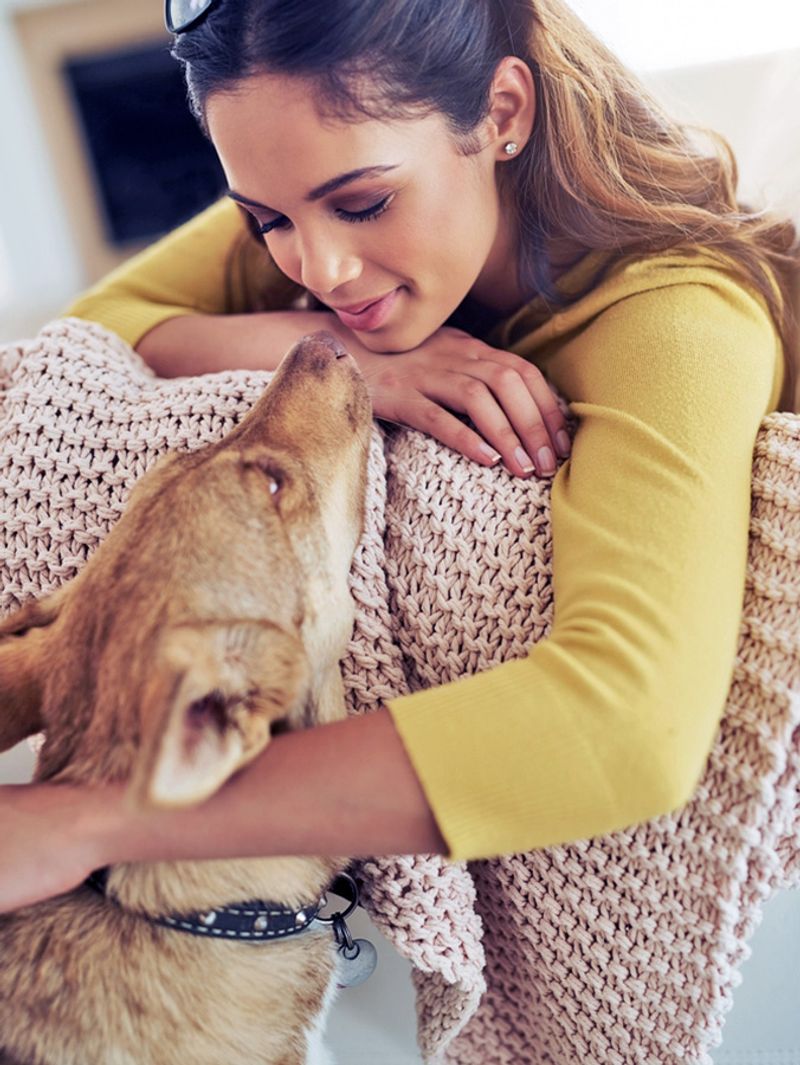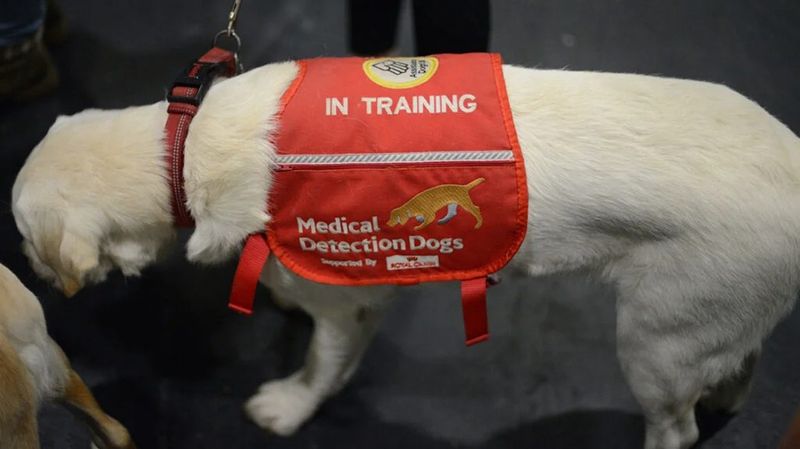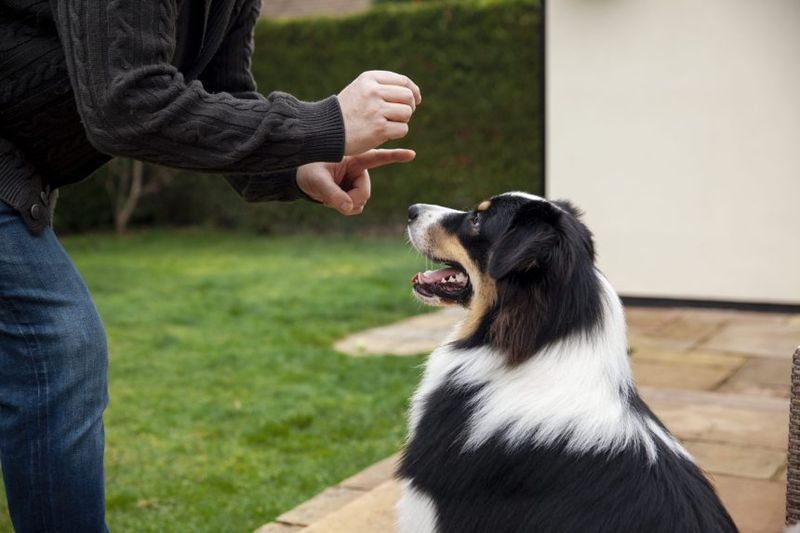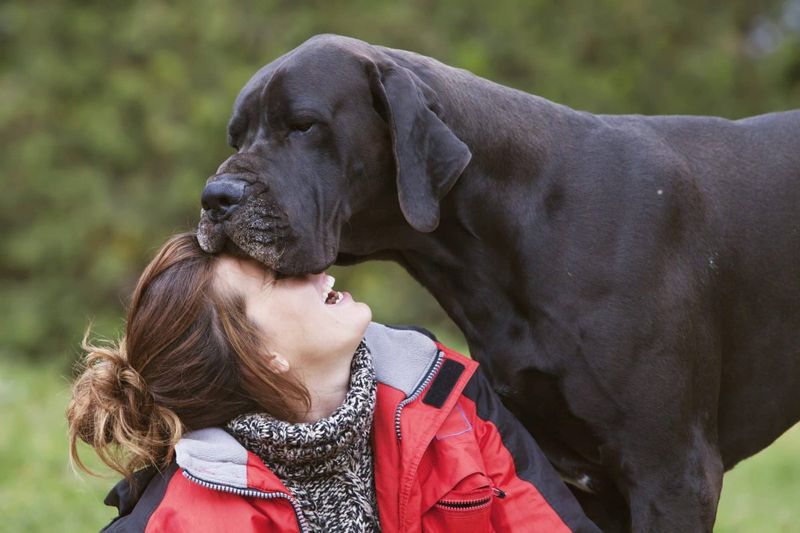Dogs are often hailed as man’s best friend, and for good reason. Their ability to understand and respond to human language and actions is nothing short of remarkable. From interpreting our emotions to following complex commands, dogs exhibit a range of behaviors that suggest they truly comprehend what we say and do. This blog post explores 16 fascinating dog behaviors that demonstrate their understanding and empathy, shedding light on the unique bond between humans and their canine companions.
Head Tilting
The adorable head tilt of a dog is not just cute; it’s a sign of their curiosity and engagement. When a dog tilts its head, it is trying to understand what you are saying, looking for familiar words or tones. This behavior highlights their ability to pick up on vocal cues and their desire to connect with their human companions. It’s a charming example of how dogs strive to make sense of our language, turning a simple gesture into a profound display of empathy and intelligence.
Following Gaze
Dogs have a remarkable ability to follow a human’s gaze, understanding where attention is directed. When a dog watches where you look, it often reflects a deep connection and trust. This behavior is particularly strong in breeds like Border Collies, known for their intelligence and attentiveness. By following your gaze, dogs can gather information about their environment and your intentions, showcasing a sophisticated level of comprehension and cooperation.
Understanding Commands
The ability of dogs to understand and follow commands is a testament to their intelligence and willingness to cooperate. Whether it’s a simple ‘sit’ or a more complex trick, dogs can learn and execute a variety of commands, often impressing their human companions. This skill is not only a result of training but also a reflection of their innate understanding and desire to please. It’s a beautiful demonstration of the strong bond between humans and dogs, built on communication and mutual respect.
Recognizing Names
Dogs often react to the sound of their name, showcasing their ability to recognize specific words. This reaction is a clear indication of their understanding and attention towards their human family members. By associating sounds with specific people or actions, dogs display a level of intelligence that resonates with their role as beloved companions. It’s fascinating to see how a simple call of their name can elicit such a heartfelt response, emphasizing their deep connection to their human environment.
Tail Wagging
The joyful wag of a dog’s tail is more than just a sign of happiness. It’s a complex language that dogs use to communicate with humans and other dogs. A fast wag can indicate excitement or friendliness, while a slow wag might suggest caution. Interestingly, dogs tend to wag their tails more to the right when they are happy and comfortable with their surroundings. This intricate behavior showcases a dog’s ability to read and respond to the emotions of those around them, making the tail wag a quintessential expression of canine understanding.
Mimicking Actions
Dogs are known to mimic human actions, an impressive behavior that highlights their observational skills. By imitating movements or gestures, dogs demonstrate their understanding and willingness to engage. This behavior is often seen in playful scenarios, where dogs watch and then replicate actions, forging a deeper bond with their human friends. It’s a delightful reminder of their adaptive nature and their ability to connect through shared experiences, enhancing the playful and loving relationship they share with humans.
Responding to Emotions
Dogs are incredibly attuned to human emotions, often responding with behavior that mirrors our feelings. When a dog senses sadness, they might cuddle closer, offering comfort and companionship. This empathetic response reflects their ability to understand non-verbal cues and emotional states. Their comforting presence during times of distress is a testament to their deep understanding and compassion, reinforcing the profound bond that exists between humans and their canine companions.
Sensing Danger
Dogs have an instinctual ability to sense danger, often acting as protectors for their human families. This behavior is rooted in their keen senses and heightened awareness of their surroundings. By detecting subtle changes and potential threats, dogs can warn humans, showcasing their understanding and concern for safety. The ability to sense danger and respond appropriately is a remarkable trait that underscores the protective and loyal nature of dogs, making them invaluable companions in any environment.
Reading Body Language
Dogs are masters at interpreting human body language, using this skill to understand intentions and emotions. Whether it’s a nod, a wave, or a smile, dogs can decipher these signals and react accordingly. This ability to read non-verbal communication is a key aspect of their understanding, allowing them to respond in ways that strengthen their bond with humans. It’s a testament to their observant and intuitive nature, highlighting their role as attentive and responsive companions.
Detecting Illness
Some dogs have been known to detect illness in humans, showcasing an extraordinary level of sensitivity and awareness. By picking up on subtle changes in scent or behavior, dogs can alert their owners to potential health issues. This remarkable ability is often seen in medical alert dogs, trained to respond to specific conditions. It’s a powerful reminder of the unique bond between humans and dogs, where their understanding and intuition can contribute to our well-being and safety.
Reacting to Music
Dogs sometimes react to music, displaying behaviors that suggest they appreciate and respond to melodies. Whether it’s a gentle sway or a joyful howl, dogs show an awareness of rhythm and sound that mirrors our own reactions. This musical connection highlights their ability to engage with their environment in diverse ways, revealing a playful and curious side. It’s a delightful exploration of how dogs interact with the world around them, resonating with the human experience of music and joy.
Following Daily Routine
Dogs are creatures of habit, often following a daily routine with remarkable consistency. This behavior reflects their understanding of time and sequence, as they anticipate regular activities like walks or meals. By adhering to a routine, dogs exhibit a sense of order and predictability, enhancing the harmony within a household. It’s an endearing aspect of their nature, showcasing their ability to adapt and thrive in structured environments, strengthening their role as dependable companions.
Sharing Toys
The act of sharing toys is a behavior that exemplifies a dog’s social intelligence and understanding of cooperation. By offering their favorite toy to a human or fellow dog, they display a sense of generosity and connection. This behavior is often seen in playful and social breeds like Cocker Spaniels, who thrive on interaction and companionship. It’s a touching reminder of their ability to form meaningful relationships, where sharing becomes a heartfelt gesture that reinforces their bond with loved ones.
Recognizing Places
Dogs have a keen sense of place, often recognizing familiar locations with enthusiasm. This ability to remember and associate specific places with experiences reflects their cognitive skills and emotional connections. Whether it’s a favorite park or a friend’s house, dogs often show excitement and anticipation, highlighting their ability to navigate and understand their environment. It’s a joyful expression of their adventurous spirit and their deep-rooted connection to the world around them.
Understanding Gestures
The ability of dogs to understand gestures is a remarkable testament to their intelligence and adaptability. By responding to hand signals or visual cues, dogs showcase their learning capabilities and desire to communicate. This skill is particularly evident in breeds like Border Collies, known for their responsiveness and eagerness to learn. Understanding gestures adds a dynamic layer to human-dog communication, enhancing the way we interact and train our canine companions.
Empathetic Listening
Dogs often exhibit empathetic listening, tuning into the tone and emotion of human voices. This behavior reflects their deep connection to us, as they respond to comforting words or affectionate tones. Empathetic listening is not just about understanding words; it’s about feeling the emotion behind them. It’s a beautiful example of how dogs resonate with our feelings, offering companionship and understanding in a way that transcends verbal communication.
